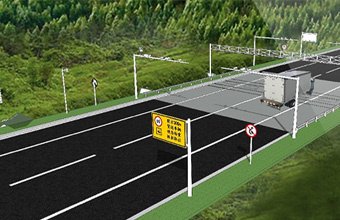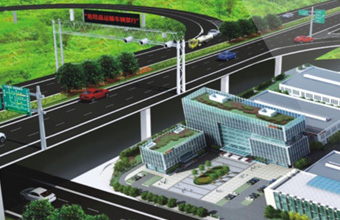Road traffic flow survey is a key link in urban traffic planning and management, and its significance is far-reaching and multifaceted. The following is an overview of the significance of road traffic flow survey:
a. Providing basic data for transportation planning
Road traffic flow data is an important input for traffic planning. Through surveys, detailed statistics on road usage can be obtained, including traffic volume, speed, congestion, etc. These data provide a basis for traffic engineers to formulate traffic planning schemes. Based on these data, the trend of future traffic demand changes can be predicted, so as to plan the construction and upgrading of traffic facilities in advance to meet the needs of urban traffic development.
b. Optimizing traffic management
Road traffic flow surveys help traffic management departments understand current traffic conditions and identify traffic bottlenecks and congestion points in a timely manner. By analyzing survey data, they can adjust the timing of traffic lights, optimize the setting of traffic signs and markings, and develop more effective traffic diversion plans, thereby improving road capacity and reducing traffic congestion.
c. Evaluate the effectiveness of transportation facilities
After the construction or renovation of transportation facilities (such as roads, bridges, tunnels, etc.), the actual effect of these facilities can be evaluated through road traffic flow surveys. Data comparison can show the changes in traffic flow, vehicle speed increases, and congestion relief after the improvement of facilities, providing experience and reference for future transportation facility construction.
d. Supporting transportation policy making
Road traffic flow survey data is an important basis for formulating and adjusting traffic policies. By analyzing the data, the government can understand the actual situation and needs of urban traffic, and thus formulate more scientific and reasonable traffic policies, such as restricting private cars from entering the city center and promoting public transportation.
e. Promoting traffic safety
Road traffic flow surveys can also help traffic management departments identify potential traffic safety hazards, such as accident-prone sections and areas with high incidence of traffic violations. By increasing supervision and law enforcement in these areas, the incidence of traffic accidents can be reduced and the safety of road users can be improved.
f. Supporting transportation research and education
Road traffic flow survey data provides rich empirical information for transportation research, which helps promote the development and innovation of transportation science. At the same time, these data can also be used as case materials for transportation education to help students better understand the operating mechanism and laws of the transportation system.
In summary, road traffic flow survey plays a vital role in traffic planning and management. Through continuous and systematic survey and analysis, we can continuously optimize the urban transportation system, improve road capacity, alleviate traffic congestion, and promote traffic safety and sustainable development.
















